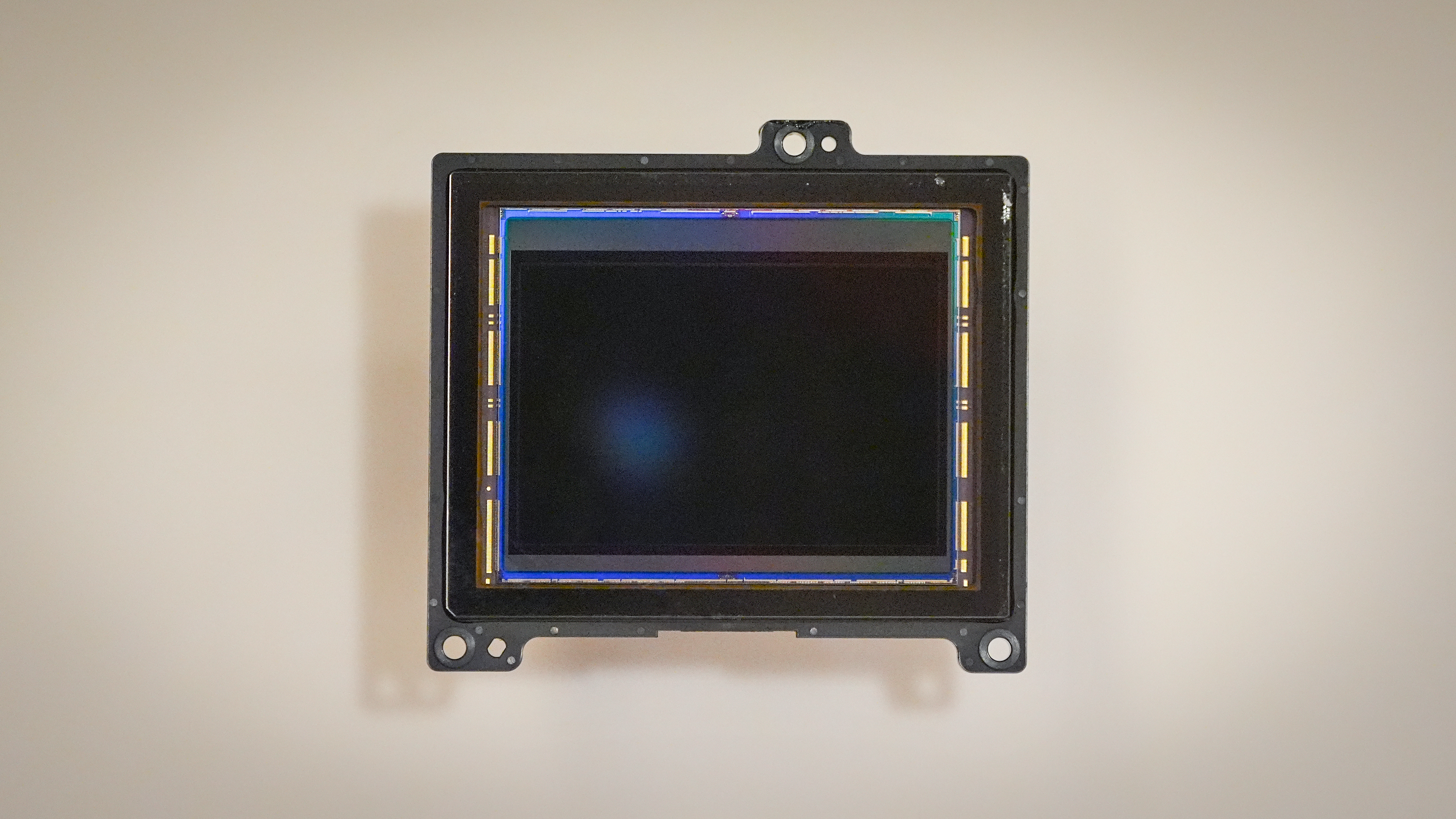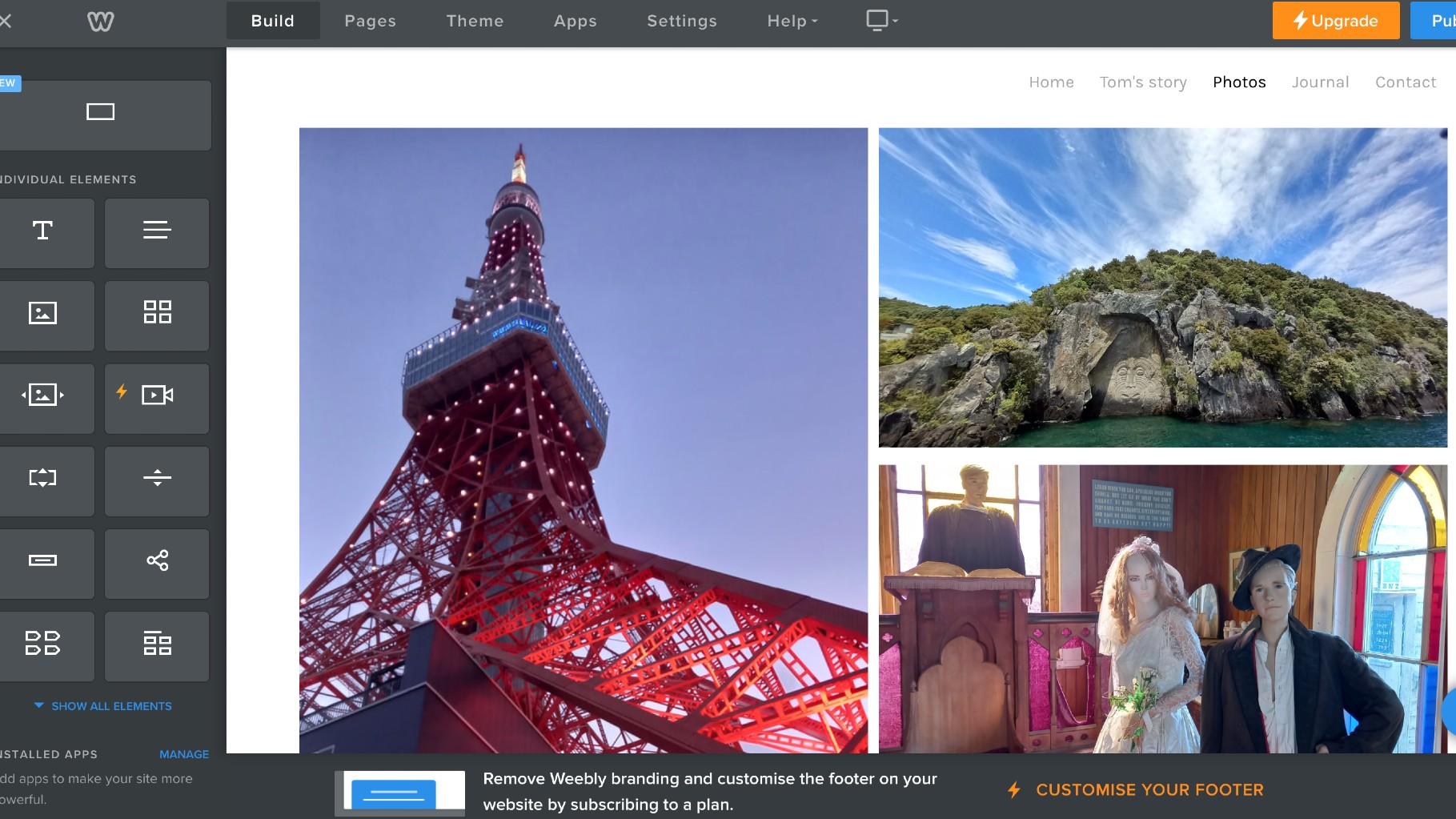Why does Sony's global shutter sensor have such a high (and weird) base ISO?
Sony's new global shutter sensor has a base sensitivity of ISO250 – which is high, and highly unusual. Why, exactly?

Sony has launched the world's first full-frame global shutter image sensor, which debuted in the Sony A9 III. However, lost in all the noise of the camera launch was a spec that went largely under the radar: this new sensor has a surprisingly high (and just plain unusual) base ISO of 250.
In case you're asking what is a global shutter, a quick refresher: a conventional rolling shutter sensor captures an image line by line, by scanning from left-to-right and top-to-bottom. This can create the rolling shutter effect of non-horizontal objects being distorted and warped. A global shutter sensor captures every pixel simultaneously, for faster and completely distortion-free imaging.
It's brilliant technology, but there is a tradeoff: low noise and high sensitivity performance.
The Sony A9 III's global shutter has a sensitivity of 250-25,600 (exp.125-51,200). To put that into perspective, Sony cameras traditionally have a base of ISO100. On other brands, Nikon cameras have a base ISO of 64, while OM System / Olympus cameras (with much smaller Micro Four Thirds sensors) have a base of ISO200.
Here's how the A9 III's sensor compares against a range of stacked and non-stacked sensors of different formats:
| Camera | Sensor type | Format | ISO sensitivity |
|---|---|---|---|
| Nikon Z8 / Z9 | 45.7MP rolling shutter (stacked) | Full frame | 64-25,600 (exp. 32-102,400) |
| Fujifilm GFX 100 II | 102MP rolling shutter | Medium format | 80-12,800 (exp. 40-102,400) |
| Canon EOS R3 | 24.1MP rolling shutter (stacked) | Full frame | 100-102,400 (exp. 50-204,800) |
| Sony A9 II | 24.2MP rolling shutter (stacked) | Full frame | 100-51,200 (exp. 50-204,800) |
| Sony A7R V | 60MP rolling shutter | Full frame | 100-32,000 (exp. 50-102,400) |
| Fujifilm X-H2 | 40MP rolling shutter | APS-C | 125-12800 (64-51,200) |
| OM System OM-1 | 20.4MP rolling shutter (stacked) | Micro Four Thirds | 200-25,600 (exp. 80-102,400) |
| Sony A9 III | 24.6MP global shutter | Full frame | 250-25,600 (exp.125-51,200) |
So then, why is this the case? We had the chance to chat to Yann Salmon Legagneur, head of marketing for Sony Europe. As he explains, a higher ISO is simply a characteristic of a global shutter sensor:
"This ISO setting, from 250 to 25,600 – that’s the base sensitivity of the sensor, how it is as a global shutter sensor. But in still photography you can have it expandable to basically reduce your ISO setting to 125. But that's the characteristic of the sensor, and how it is."
Get the Digital Camera World Newsletter
The best camera deals, reviews, product advice, and unmissable photography news, direct to your inbox!
The video below, explaining the differences between Sony's global and rolling shutter sensors, does a good job of describing the advantages of each design. Essentially, global shutters are designed for high-speed capture (for high image quality without distortion) while rolling shutters are designed for excellent image quality (with low noise and high sensitivity).
This is why the Sony A9 III offers Composite RAW Shooting as one of its features – a process that stacks up to 32 images for lower noise and falls color when shooting at high ISO or in low light.
So, while a global shutter seems like (and still is) a miracle technology, it is not without limitations. Like any photographic tool, it is designed for a specific purpose – not to be suitable for every purpose.
The A9 III is one of the best Sony cameras, and the best cameras for sports photography. You might also be interested in the best lenses for sports photography. If you're after a bargain, check out the best Sony Black Friday deals and the best Black Friday camera deals from all brands.

James has 22 years experience as a journalist, serving as editor of Digital Camera World for 6 of them. He started working in the photography industry in 2014, product testing and shooting ad campaigns for Olympus, as well as clients like Aston Martin Racing, Elinchrom and L'Oréal. An Olympus / OM System, Canon and Hasselblad shooter, he has a wealth of knowledge on cameras of all makes – and he loves instant cameras, too.

